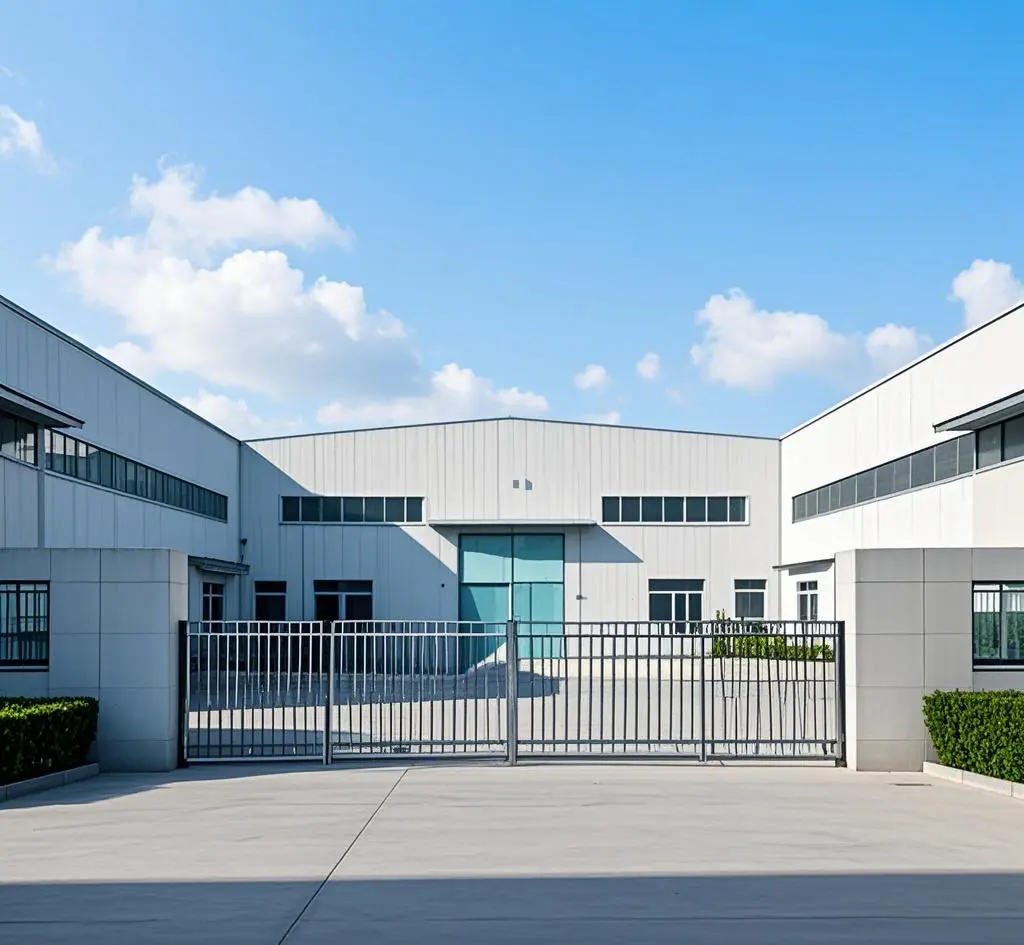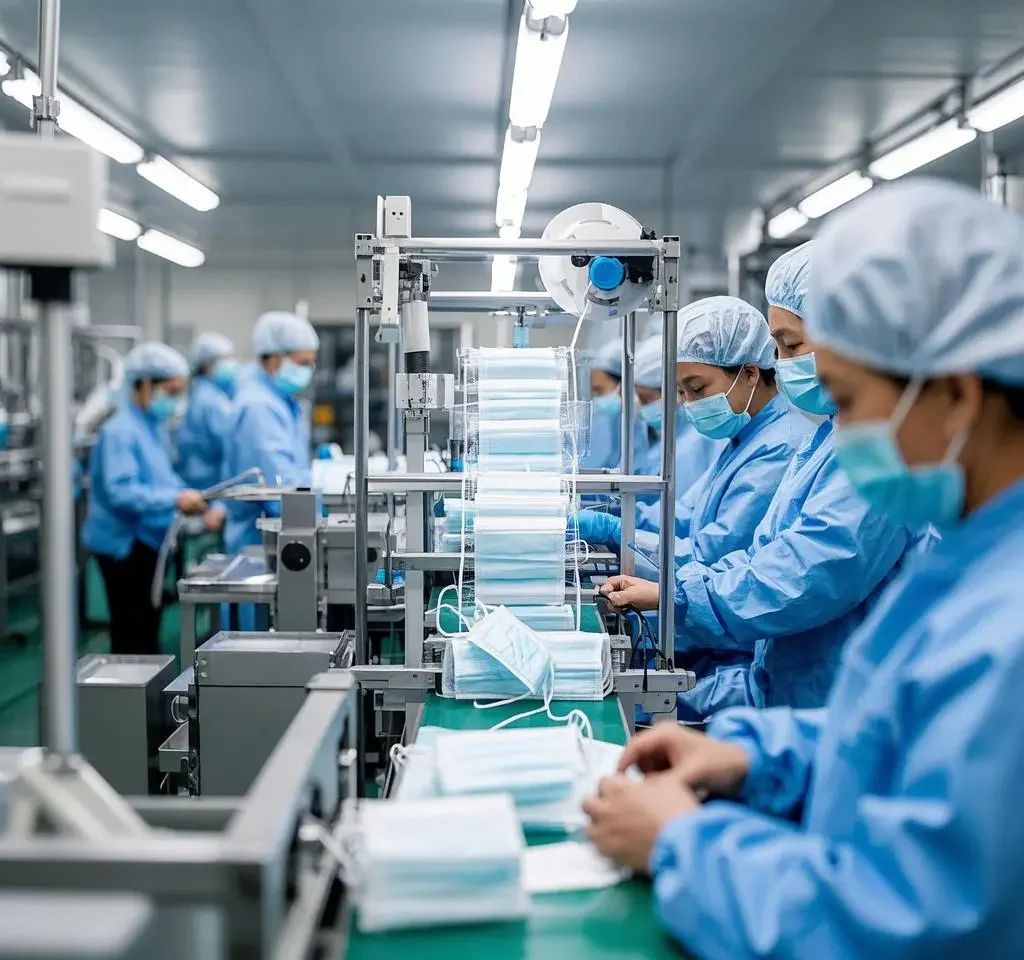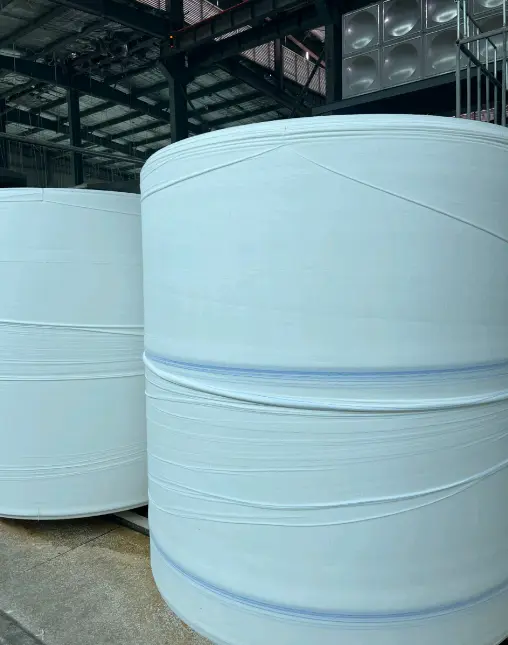 The Influence of Degreasing and Bleaching Processes on the Absorbency of Gauze
The Influence of Degreasing and Bleaching Processes on the Absorbency of Gauze
Gauze, as a widely used product in both medical and everyday settings, is evaluated for quality based on several criteria, one of the most significant being its absorbency. This property is influenced by multiple factors, notably the degreasing and bleaching processes used during manufacturing. Understanding how these processes impact the absorbency of gauze is crucial for both manufacturers aiming to produce high – quality products and end – users seeking effective gauze for various applications.
The Significance of Absorbency in Gauze
Absorbency is a fundamental characteristic of gauze that directly affects its functionality. In medical applications, such as wound dressing and cleaning, gauze with high absorbency can quickly soak up bodily fluids, exudate from wounds, and applied medications, helping to maintain a clean and dry wound environment, which is essential for proper healing. In everyday use, whether for household cleaning or personal care, absorbent gauze can handle spills and messes more efficiently. A study conducted by [Research Institute Name] found that in wound care scenarios, highly absorbent gauze reduced the frequency of dressing changes by 30% compared to low – absorbency alternatives, thereby minimizing the risk of secondary infections and patient discomfort.
Degreasing Process: A Key Step in Enhancing Absorbency
The degreasing process in gauze manufacturing is designed to remove natural oils and fats present in raw materials, typically cotton. These oils and fats create a hydrophobic layer on the surface of the fibers, which hinders the absorption of water and other fluids. By eliminating these substances, the fibers become more hydrophilic, allowing them to readily interact with and absorb liquids.
Chemical degreasing, which involves using solvents, can remove up to 98% of the fats from the raw materials. This method significantly increases the absorbency of the gauze, enabling it to absorb up to 15 – 20 times its weight in fluid. On the other hand, physical degreasing, which is carried out through high – temperature treatment, can remove approximately 90 – 95% of the fats. While it also enhances absorbency, it may cause some fiber damage if not properly controlled. A case study of a leading gauze manufacturer showed that after implementing an optimized chemical degreasing process, the absorbency of their standard – grade gauze improved by 40%, leading to increased customer satisfaction and higher market demand for their products.
Bleaching Process: Balancing Aesthetics and Absorbency
Bleaching is mainly carried out to remove impurities, stains, and natural pigments from the gauze, giving it a clean, white appearance. However, this process can also have an impact on the absorbency of the gauze. Common bleaching agents, such as hydrogen peroxide or chlorine – based compounds, react with the fibers. While they effectively whiten the gauze, they can also cause partial degradation of the fiber structure if the process is not carefully controlled. This degradation may reduce the overall surface area available for absorption or change the fiber’s surface properties, potentially decreasing absorbency.
To strike a balance between achieving a desirable aesthetic and maintaining absorbency, manufacturers need to fine – tune the bleaching process. When using hydrogen peroxide as a bleaching agent, a concentration of 3 – 6% at a temperature of 50 – 60°C for 30 – 60 minutes has been found to have minimal negative impact on absorbency while achieving good whitening results. In contrast, chlorine – based compounds, when used at a concentration of 0.5 – 1.5% at 30 – 40°C for 15 – 30 minutes, carry a higher risk of fiber damage and require strict control to avoid significant absorbency loss. In a comparative experiment, two batches of gauze were bleached using different methods. The batch bleached with hydrogen peroxide under optimal conditions retained 95% of its pre – bleaching absorbency, while the batch bleached with chlorine – based compounds at a slightly higher concentration only retained 80% of its original absorbency.
Interaction between Degreasing and Bleaching
The degreasing and bleaching processes do not occur in isolation; they interact with each other and jointly influence the absorbency of gauze. For example, an effective degreasing process can make the fibers more receptive to the bleaching agent, ensuring a more uniform and efficient bleaching effect. On the other hand, if the bleaching process is too harsh after degreasing, it can further damage the already – treated fibers and offset the positive impact of degreasing on absorbency. Manufacturers need to carefully sequence and optimize these two processes to achieve the best results in terms of both absorbency and product quality.
In conclusion, the degreasing and bleaching processes are integral to the manufacturing of gauze and have a profound impact on its absorbency. By understanding the mechanisms and effects of these processes, manufacturers can develop more refined production techniques to produce gauze with optimal absorbency, meeting the diverse needs of medical and everyday users. Further research in this area could lead to even more innovative and efficient manufacturing methods, enhancing the overall quality of gauze products in the market.

